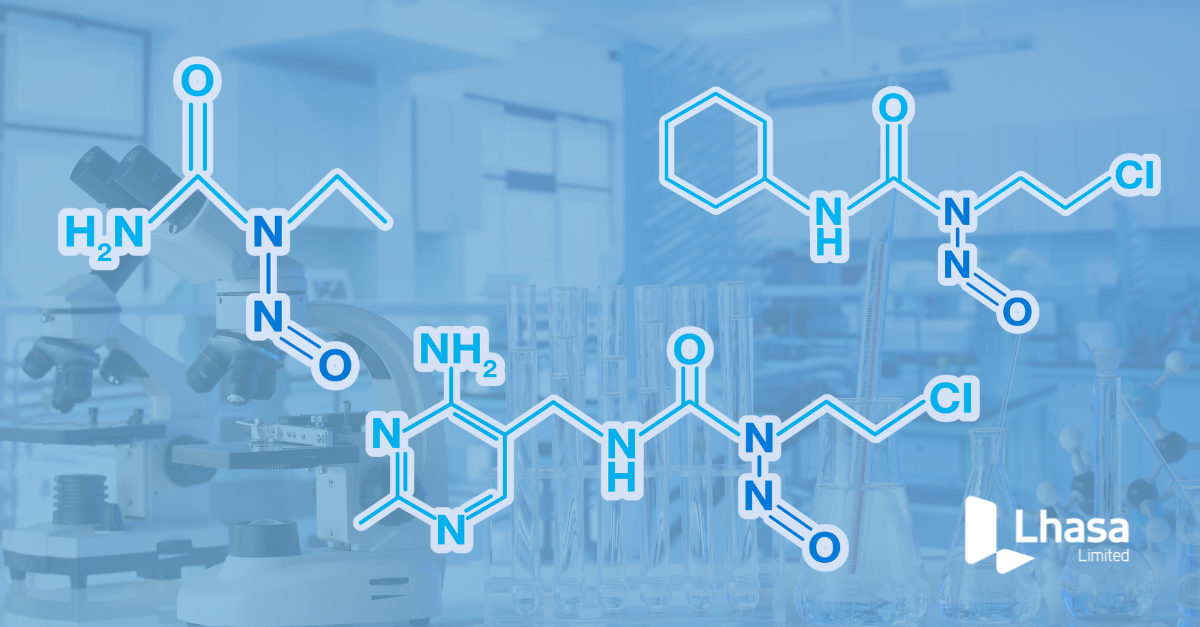“Our technology is designed by scientists, for scientists, in collaboration with industry stakeholders and regulators”
At Lhasa Limited we often talk about the importance of industry involvement in shaping our direction. This involvement and collaboration takes places across many areas – perhaps most notably in recent years within the Mirabilis and Effiris consortia, where at the early stages of solution development, industry and regulatory input is critical for informing our direction, alongside Lhasa innovation.
Outside of Lhasa consortia, we continually seek feedback from our members (software users) who are experts in applying Lhasa solutions to inform decision-making on chemical safety. This feedback is extremely valuable to Lhasa, enabling us to keep our solutions relevant to users’ evolving needs. As a result of this approach, we have our members to thank for many suggestions which have been developed into critical solutions/features.
Combined with existing user feedback, in some cases it is useful for us to gather additional information about the industry as a whole…
If you have subscribed to our email list, you may have responded to our recent short survey about your use of Adverse Outcome Pathways (AOPs)* – thank you for your participation if so! This has proved to be an efficient way of gathering a high-level understanding of what life sciences organisations (both Lhasa members and non-members) are using AOPs for – it was also very exciting to receive real-time data from a large number of responses! We look forward to talking with all who requested further information shortly.
Whilst we intend to keep the responses anonymous – we wondered if some of our blog readers might be as interested as us in a high-level breakdown of responses. For respondents using AOPs, interestingly we could breakdown use case into the following 6 main categories:
- General toxicity/ risk/ hazard/ safety assessment
- Mechanism of action (MOA) analysis – understanding in-vitro outcomes and guiding further testing
- Skin sensitisation
- Developmental and Reproductive Toxicology (DART)
- Regulatory submissions
- Endocrine disruptor assessment
Whereas respondents not currently using AOPs report that they plan to start using AOPs for the following 4 use cases:
- General toxicity/ risk/ hazard/ safety assessment
- Mechanism of action (MOA) analysis – understanding in-vitro outcomes and guiding further testing>
- Endocrine disruptor assessment
- Skin sensitisation
It is worth noting that although the responses are grouped, the questions were free text to ensure that we did not guide responses.
As AOPs move from an interesting scientific concept to a useful practical application tool, this is an exciting time for both industry and Lhasa. You can read more about our AOP software, Kaptis or please get in touch for further information.
If you did not receive our survey and would like to tell us about your use of AOPs please send us a message! To receive future surveys, update your communication preferences.
Stay tuned for some more short surveys… Next up: Are you responsible for the risk assessment of data poor chemicals? What challenges are you currently facing in this area?…
*What is an AOP? An AOP is a formalised approach to documenting a mechanism of toxicity. AOPs start with a molecular initiating event (MIE) and through additional key events (KEs), lead to an Adverse Outcome (AO). Each sequential KE (including the MIE and AO) are connected to each other through key event relationships (KERs). Formally, each KE should be measurable and therefore can be linked to a relevant assay.
We would love to hear your thoughts on this blog – get in touch with us here.
Last Updated on January 25, 2024 by lhasalimited



